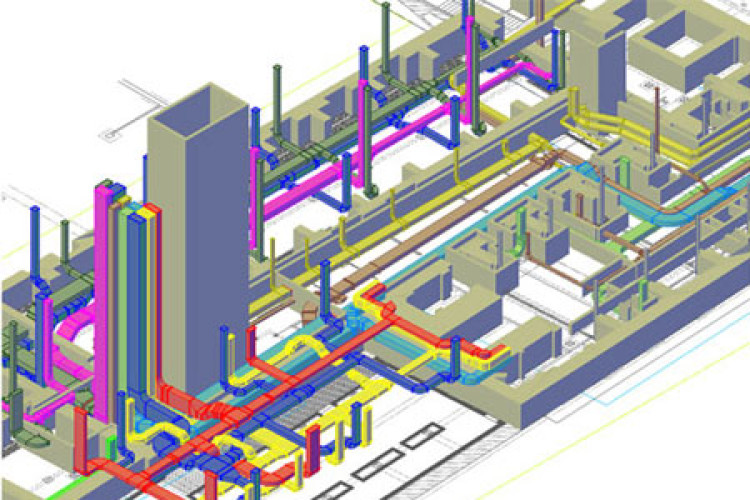Pinsent Masons says that the government's 2016 target to achieve Level 2 BIM capability on all centrally procured infrastructure projects is widely considered to be unachievable because of the lack of collaboration across the industry.
The law firm conducted a survey of 70 organisations involved in infrastructure construction and found that 64% thought the government's 2016 target was unachievable.
A similar percentage considered that existing forms of contract used in the industry are not fit for use with BIM.
The survey found that 94% of respondents believe the use of BIM requires a more collaborative approach between the client and construction team, while 27% cite the absence of collaboration as the most significant barrier to achieving Level 2 BIM capability in their organisation.
Pinsent Masons partner Chris Hallam said: "The overriding message from our survey points to greater collaboration if BIM is to be a success. Collaboration is not, however, a new concept for the industry. For over a generation the government and industry stakeholders have strived to create a utopia of a more collaborative construction industry with some, albeit limited, success.
.png)
"The problem is that the majority of construction contracts are not very collaborative. Risk tends to be allocated in a binary manner, with each party incentivised to look after its own interests – rather than the wider interests of a project. Because the parties' interests are rarely aligned, this tends not to create an environment where true collaboration is possible – at least not if things go wrong. BIM, however, by its very nature requires a more collaborative environment."
He said: "This may not make pleasant reading for the publishers of standard form contracts, particularly the NEC and PPC2000 forms which are generally considered to be at the more collaborative end of the spectrum. We believe this is evidence of an industry crying out for a different approach – for contractual arrangements that work in a collaborative environment.
“Many believe that the 'alliancing' model – a 'no-fault' based procurement route where parties share in the success or failure of a project is where the industry should be heading. Indeed, several sectors – including rail and utilities – have embraced alliancing, and we are starting to see other sectors dip their toes in the water."
Mr Hallam continued: "Technology is driving change in the way we communicate with and connect to each other. Across many sectors of the economy, for example manufacturing, retail and IT, it has created an environment in which widespread sharing of information and know-how is not only possible, but has become the norm. It could be that BIM and associated technological advances are fostering a more connected, communicative and joined-up approach. This could be a catalyst that finally drives the construction sector towards a truly collaborative way of working. If so, it is inevitable that forms of contract will need to change to accommodate new ways of working."
Got a story? Email news@theconstructionindex.co.uk



